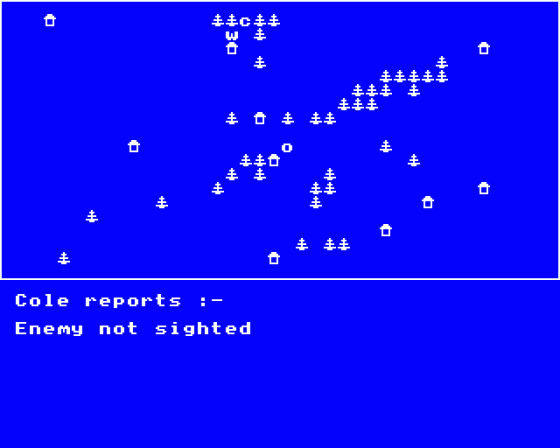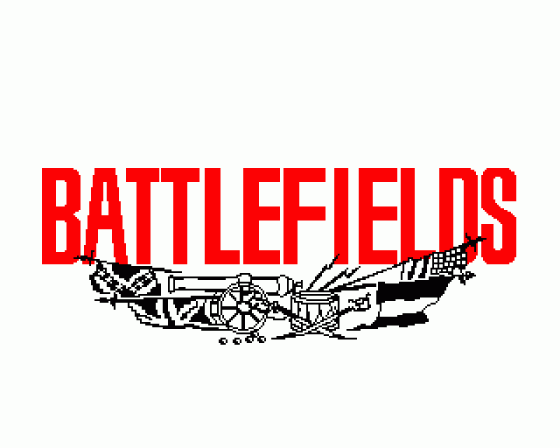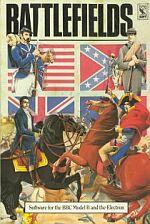
The Micro User
 1st December 1985
1st December 1985
Author: Roberta Wood
Publisher: BBCSoft/BBC Publications
Machine: BBC/Electron
Published in The Micro User 3.10
Marching towards a true wargame
In Battlefields, a two-in-one deal of two player games, BBC Soft is offering a game of strategy, the American Civil War, and a game of tactics, Waterloo.
In case you're puzzled as to the difference between strategy and tactics, strategy is the manipulation of armies, people, politicians and resources to make history go the way you want.
Tactics are how you manoeuvre elements of armies to achieve victory in battles.

Put more simply, strategy is how you win wars, tactics are how you win battles. American Civil War presents you with a map of the south and east states of America which were involved in the conflict.
The object is to capture a proportion of your opponent's territory and wipe out his forces. Each side starts at pre-set locations with three fleets and seven armies, details of which are given for both players at the start.
Each turn is equivalent to one year of the war, divided into eight movement phases representing about one month's campaigning.

Players input all eight moves for each turn in secret and the computer then does the rest.
Playing the game, though, is not all that straightforward. If you try to move into difficult terrain you may not be allowed to move in during that phase.
Cities, even if not defended by an army or fleet, may resist your attempts to move in them and you may meet the enemy, in which case the resulting battle is resolved by the computer.
You quickly become used to the movement system but planning your moves to cope with what your opponent may do is definitely more challenging.
This is an excellent little strategy game and a good introduction to this type of computer wargaming.
The second part of the package, Waterloo, is a repre sentation of the famous last battle of Napoleon which brought the First Empire to an end.
It covers the area around Waterloo and may last for the equivalent of several days. Each turn represents an hour of time.
The armies consist of units commanded by a named general, with most units made up of a mixture of artillery, cavalry and infantry.
Initially the Allies are to the north and east and the French to the south. Each side inputs its movement orders, which are carried out by the computer.
First though - and this is the most interesting part - it reports whether any of your units have sighted or contacted the enemy.
Based on this you plan your next move, but you have to remember that the reports relate to where the enemy was," not where they are now. When you do clash with the enemy the computer will decide whether it is just a skirmish, and calculates the casualties accordingly.
Alternatively it gives you a close up of the battle area and the battle takes place in 10 minute segments.
I find the last an excellent idea, but wish that more detail could have been incorporated.
My only major criticism relates to the square grid used for movement. The problem with a square pattern is that a diagonal move of one square is further than a vertical or horizontal move of one square.
Many years ago board wargame designers abandoned the square grid and went for the hexagon as a fair method of distance and movement measurement.
As with American Civil War, you quickly get used to the movement system, but finding and dealing with the enemy is another problem.
Both games have good, clear graphics bearing in mind the scale they are working at, and will keep players busy for a few hours.
I do not believe that there is yet a true wargame available for the BBC Micro of a standard acceptable to serious wargamers, but Battlefields is certainly leading the way.





